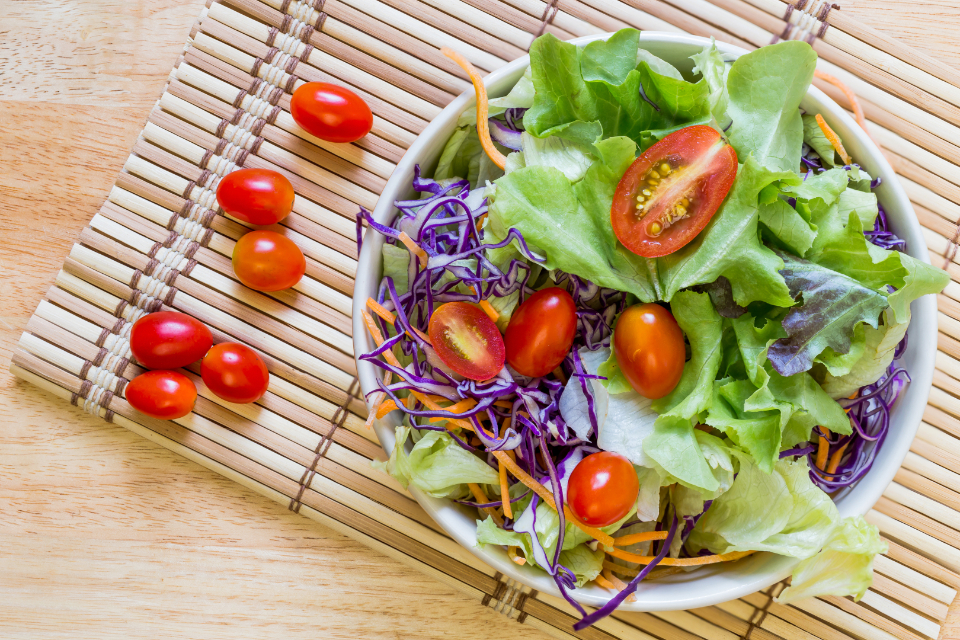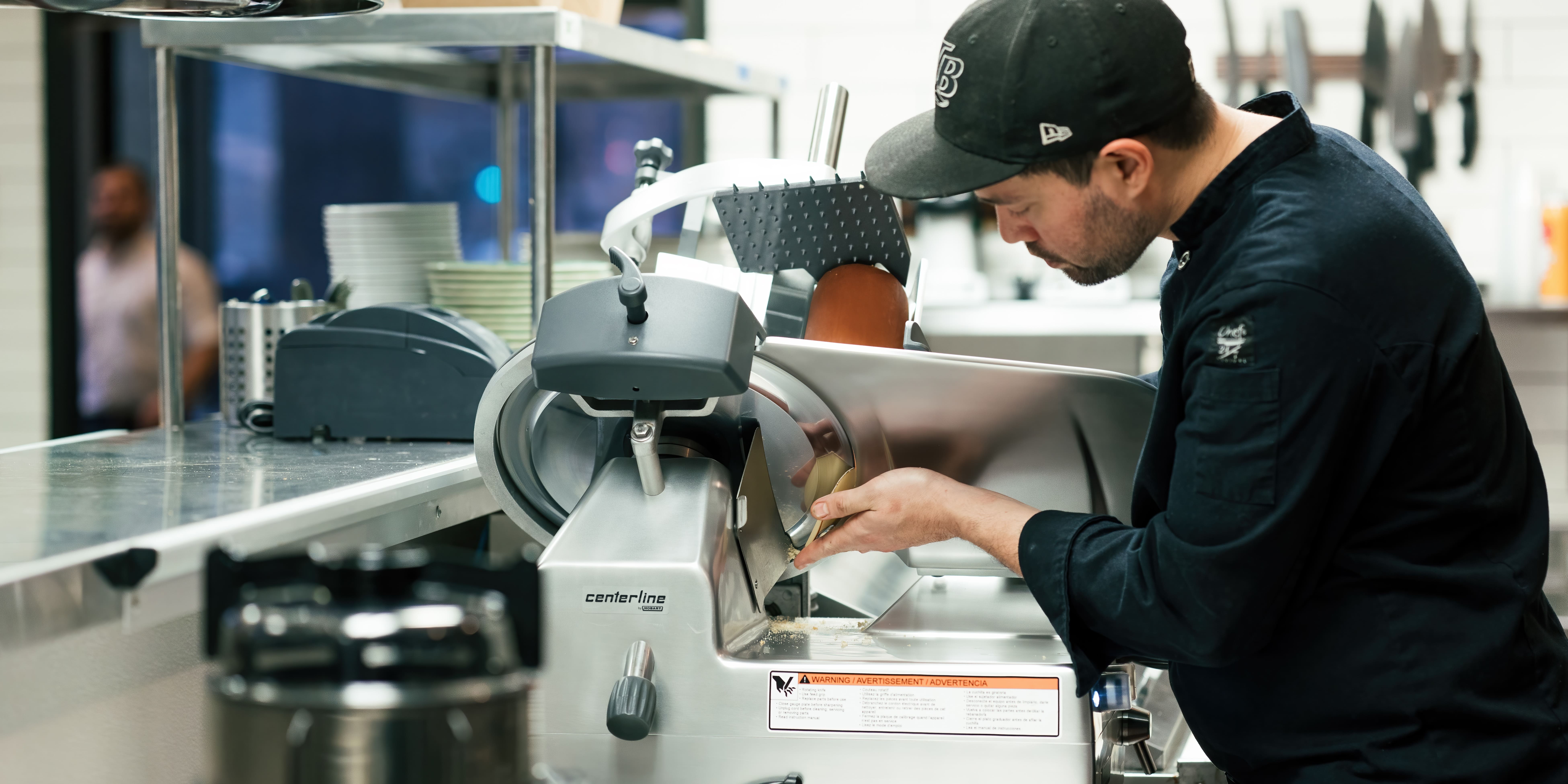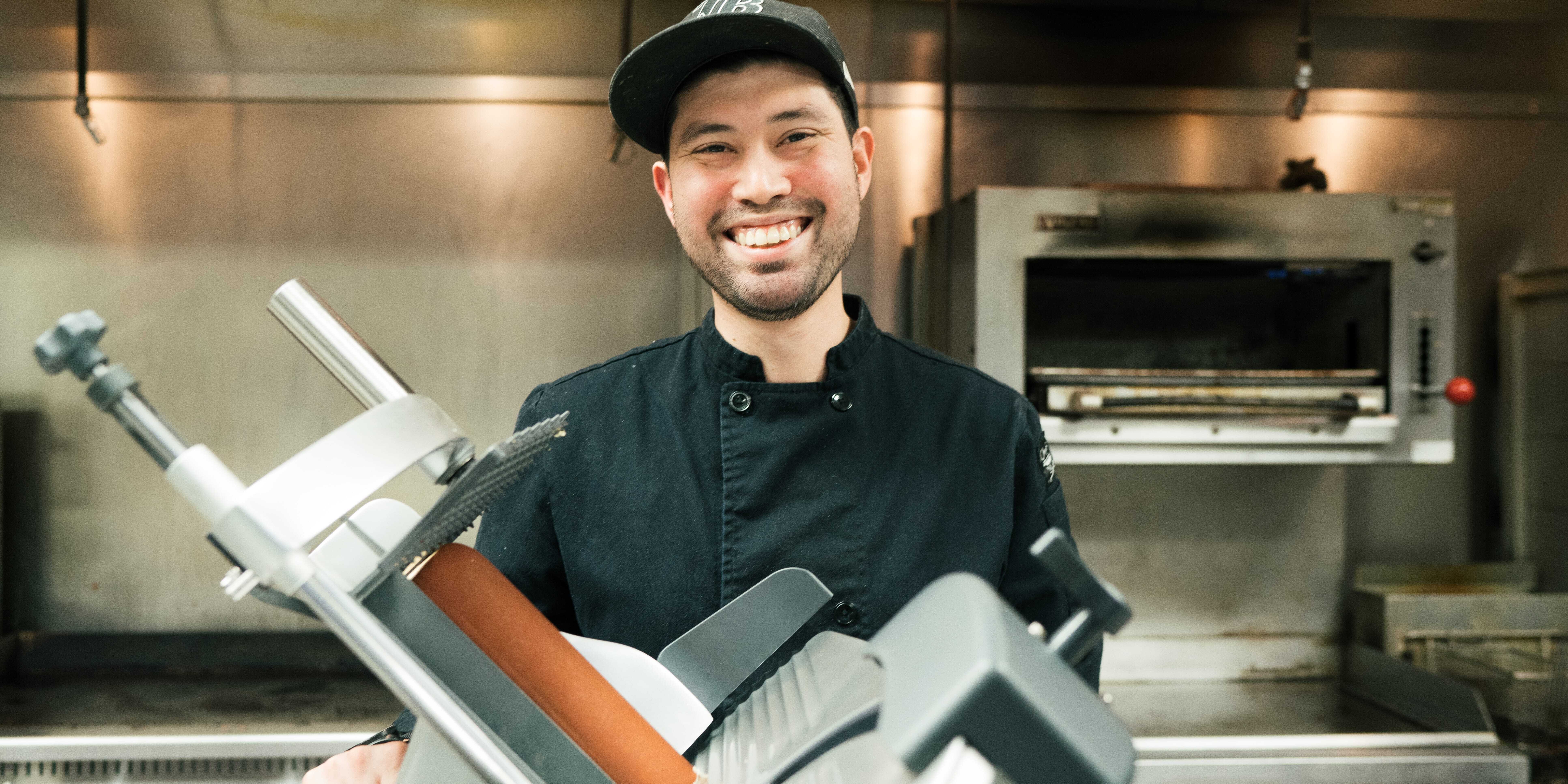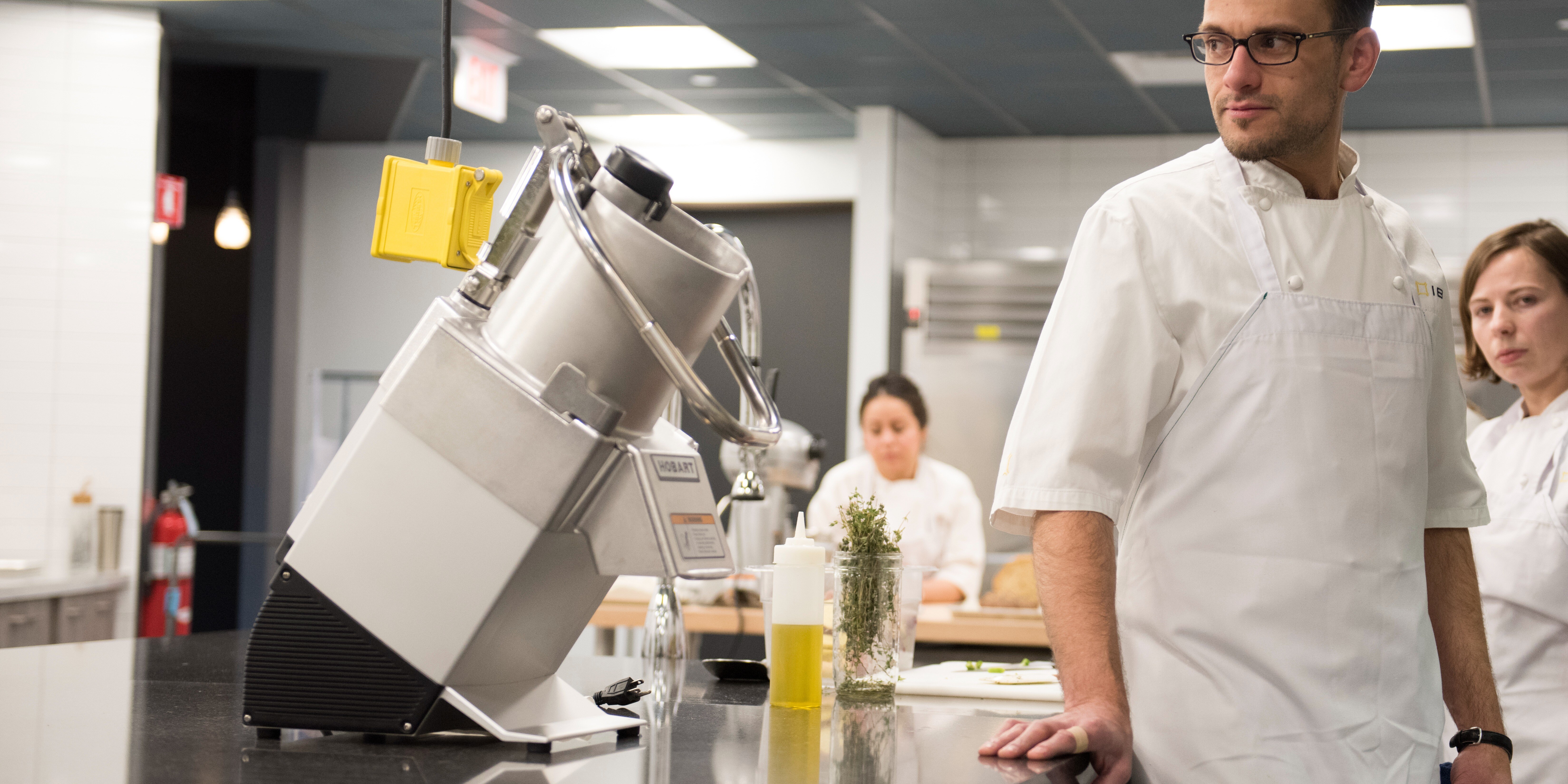With time and staff at a premium in most K-12 kitchens, it’s important to look for ways to expedite food preparation for school cafeterias. While it may be tempting to turn to pre-processed packaged food as a solution, it can lack in quality and is often more expensive in the long-term.
Investing in a heavy-duty commercial food processor to use for prepping fruits and vegetables can provide efficiencies and several other benefits.
Labor, time and cost savings
The upfront cost of a food processor, like the FP150 continuous-feed model commonly used for prepping K-12 meals, may seem significant. However, the return on investment (ROI) for this piece of food preparation equipment is quite fast, especially after factoring in time, labor and waste. This machine can quickly process fruits and vegetables with minimal prep work.
For example, in a kitchen that prepares vegetables for a salad bar for K-12 lunches, this food processor can slice 40 pounds of cucumber (4 mm), shred 20 pounds of carrots (6 mm) and dice 40 pounds of tomatoes (10 mm) daily. Based on processing five days a week, 150 days a year at a staff member’s $15 hourly wage, there are large productivity gains to be made. In this case, the savings is 14 hours a week in total food prep time. Speeding up food processing allows staff to address other tasks, which is particularly beneficial if there are staff shortages.
Also, whole produce can be held in the cooler for longer periods of time than pre-packaged produce. This longer shelf helps K-12 kitchens save money, as staff can process fruits and vegetables as needed and reduce waste.
Freshness and nutrition
Due to a food processor’s speed, K-12 staff can prepare produce the morning of service for greater freshness, rather than preparing fruits and vegetables in advance by hand. Also, compared to pre-packaged produce, fresh produce lasts longer, tastes better and offers greater nutrition, specifically, vitamins A, C and E. In pre-packaged foods, these vitamins are lost faster so they require added preservatives.
Variety, versatility and consistency
K-12 staff have an opportunity to provide variety with freshly processed foods. Food processors offer the versatility to change up menu items. Not only can they slice and dice fruits and vegetables, but they also have blades to crimp and julienne fruits and vegetables. K-12 staff can also use food processors for grating hard cheeses and nuts for topping salads. Each of the cutting tools for continuous-feed food processors offer greater consistency compared to cutting produce by hand.
Making the investment
For K-12 staff asking, “Why use a food processor?”, the answer is simple: greater efficiency and quality. With the proper training, staff will be able to quickly utilize this food prep equipment to its fullest potential and bring fresh, nutritious food options to students for their K-12 meals — all with a quick payback.
About the Author
 Grace Strotman is the marketing & K-12 segment specialist for Hobart – Food Preparation Products. She has been with Hobart since 2020 and is responsible for marketing communications for the full line of Hobart food preparation equipment, with an added focus on the K-12 segment. See all her blogs here.
Grace Strotman is the marketing & K-12 segment specialist for Hobart – Food Preparation Products. She has been with Hobart since 2020 and is responsible for marketing communications for the full line of Hobart food preparation equipment, with an added focus on the K-12 segment. See all her blogs here.





-min.jpg)





